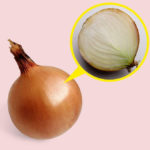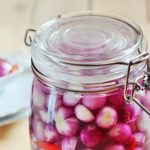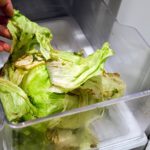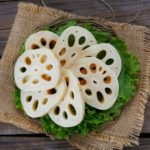Type 1: Chrysanthemum greens
Chrysanthemum greens are considered an excellent choice for autumn and winter meals. With their distinctive fragrance, they create an environment that is unfavorable for insects, keeping them away without the need for pesticides.
Chrysanthemum greens are not only a source of nutritious food, but they also contain many vitamins, amino acids, calcium, and other nutrients. The combination of these substances provides many benefits, including relaxation, mental nourishment, and improved skin health. This is a highly regarded type of vegetable, especially among middle-aged and elderly individuals.
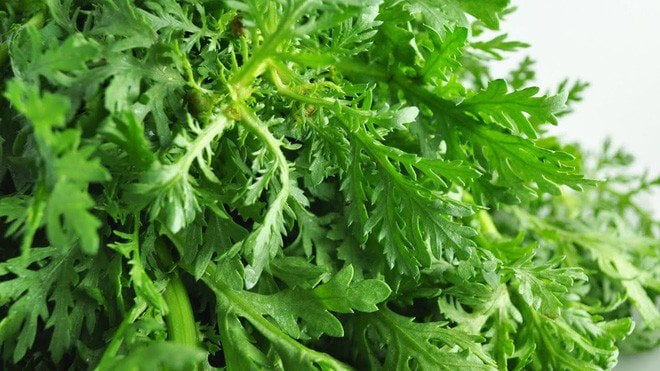
Type 2: Lettuce
If you have experience growing lettuce, you will know that it usually does not require the use of pesticides, thanks to its natural insect-repellent properties. Therefore, during the autumn and winter seasons, we can enjoy various types of lettuce from the Lactuca genus without worrying about the use of chemicals.
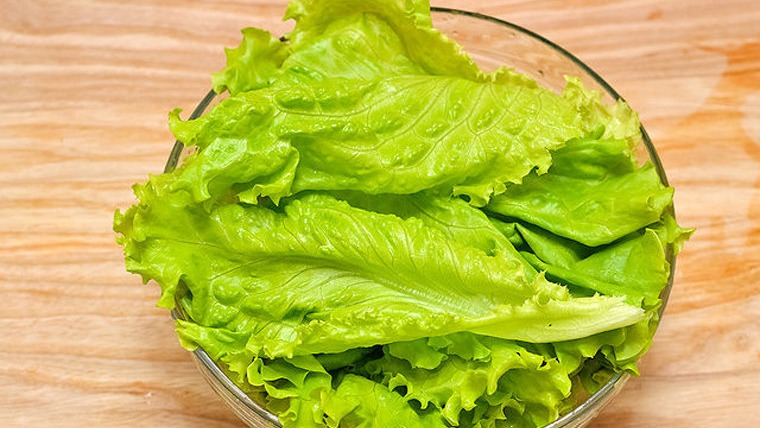
Type 3: Spring onion
Spring onions are a type of vegetable that does not require the use of pesticides, thanks to its strong characteristic odor. When insects detect this odor, they automatically stay away, naturally protecting the plant. The particularly intense aroma of spring onions becomes prominent during the autumn and winter seasons.
During the autumn and winter seasons, these three types of vegetables – chrysanthemum greens, lettuce, and spring onions – do not require the use of pesticides. This makes them a preferred choice for many health-conscious individuals. Not using chemical plant protection is not only beneficial for our health but also ensures that we are consuming clean and safe vegetables.
Type 4: Sweet potato leaves
Sweet potato leaves can be used to create various delicious dishes such as boiled greens, stir-fried sweet potato leaves with garlic, etc. They are a rustic type of vegetable but with high nutritional value comparable to other leafy greens.
The sweet potato plant itself contains a white sap that helps ward off harmful insects. Therefore, it is a type of vegetable that requires minimal use of plant protection products.
Type 5: Lotus root
Lotus roots grow in ponds, so from planting to harvesting, even the application of fertilizers is minimal. They mainly absorb nutrients from their living environment. Water and mud help protect lotus roots from pests and diseases. Lotus roots are rich in minerals, vitamin C, fiber, etc., helping to cool the body, aid in weight loss, and more.
Secrets to keeping lettuce fresh and crisp for 14 days
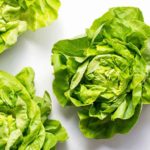 lettuce fresh and crisp for 14 days’>
lettuce fresh and crisp for 14 days’>Say goodbye to wilted lettuce forever with this game-changing storage hack. No more tossing out salad greens that have gone limp and sad. This simple trick will keep your lettuce fresh and crisp, just the way you like it. Get ready to enjoy delicious salads every day with this easy preservation method.

























